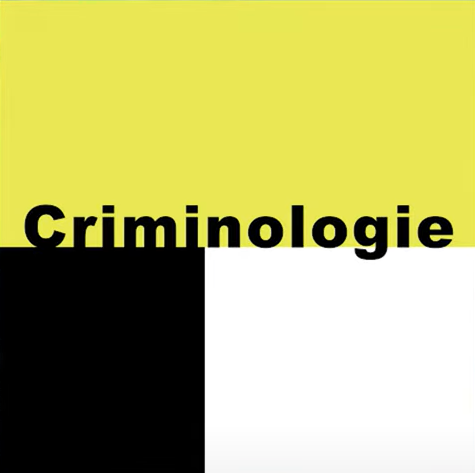Several studies over the past decade demonstrate a clear relationship between poverty and the risk of experiencing child protection intervention in Quebec. While this association is common across North American jurisdictions, it is surprising given the relatively high level of progressive social policies aimed at reducing family poverty. While studies clearly show that both family and neighbourhood poverty relate to the risk of child protection involvement, the mechanisms explaining this association are unclear. The present study’s research question is grounded in interrogations of the equitable distribution of services. The study builds on past province-wide studies in Quebec by examining the relationship between poverty and child protection involvement through a geographic lens, analyzing the role of child population density across the regions of Quebec. Findings demonstrate that 1) a wide variation in child population density exists in the province, and 2) the linear relationship between substantiated child protection reports, out-of-home placement and poverty is stronger in areas of lower population density. These findings prompt further research questions regarding the role of services across geographies as they relate to the risk of child protection intervention for poor families and families in poor neighbourhoods. This article prompts policymakers and researchers alike to consider the notion of spatial equity in service distribution in future policy analyses and research studies in Quebec.
This twelfth episode interviews Tonino Esposito
Read the article on Érudit : https://doi.org/10.7202/1099013ar

Attention - Votre version d'Internet Explorer est vieille de 20 ans et peut ne pas vous offrir une expérience optimale sur le site du CICC. Veuillez mettre à jour votre ordinateur pour une expérience optimale. Nous vous recommandons Firefox ou Chrome, ou encore ChromeFrame si vous êtes dans un environnement corporatif ou académique dans lequel vous ne pouvez pas mettre à jour Internet Explorer.